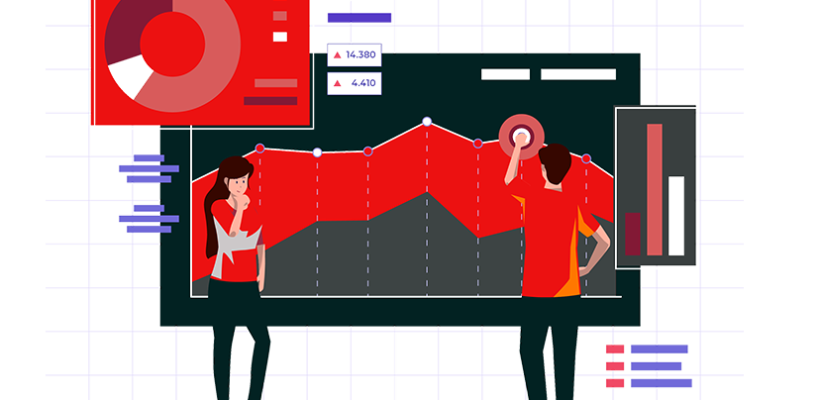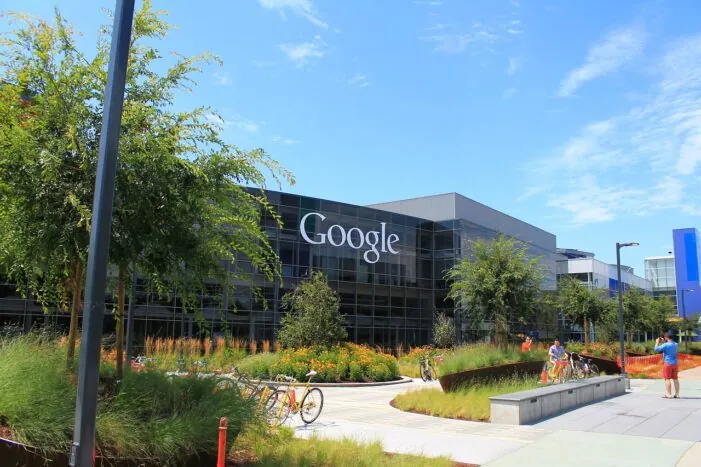Video analytics has become a powerful tool for factories to improve operations, safety and gain insights. By analyzing surveillance camera feeds using computer vision and machine learning techniques, video analytics offers many valuable features to benefit factory management. This blog post explores some of the top video analytics applications that are especially useful for industrial environments. It will discuss features like line cross detection, fall detection, fire safety monitoring, personal protective equipment compliance checking and more intelligent search options. Understanding these key capabilities can help factories leverage video analytics to enhance productivity, worker protection and decision making.
What is Video Analytics?
Video analytics refers to the sophisticated computer vision and deep learning techniques used to intelligently analyze video streams in real-time. With video analytics software, data is extracted from video feeds using methods such as object detection, classification, behavioral analysis, and pattern recognition. Camera footage is processed to discern patterns and automate monitoring tasks without constant human supervision.
The video analytics system first “learns” by ingesting large datasets to train algorithms. It then autonomously detects and categorizes events based on movement, color, shape, audio and other factors. By recognizing patterns in the visual data, video analytics can identify risks, optimize processes, and provide insightful metrics to inform decision making. It gives organizations unprecedented abilities to improve operations, safety and security through digitized video surveillance.
Top video analytics features for factories
Video analytics provides a number of powerful features that allow factories to improve worker safety, boost efficiency and gain insights. Let’s explore some of these key features in more detail.
Line cross detection
Line cross detection is one of the most important video analytics applications for factory safety. It utilizes cameras installed along production lines to monitor worker activity in real-time. The video analytics software uses computer vision to digitally set predefined “tripwire” boundaries around areas like machine guarding lines or restricted zones. It can then automatically detect whenever movement crosses these virtual lines. As soon as a line breach event is identified, an alert is instantly sent to managers with details of the location and time. This allows them to quickly address unsafe situations and reinforce safety protocols with employees. Line cross detection drastically improves factories’ ability to ensure workers remain behind safeguards for moving equipment or hazardous materials.
Fall detection
Fall detection is a life-saving video analytics feature for factories. It utilizes computer vision models trained on thousands of images to recognize the body position and motion patterns that define a fall. Cameras equipped with fall detection software are continuously analyzing video feeds in real-time, looking for these fall indications. If an incident occurs where a person suddenly collapses or hits the ground, an immediate alert is triggered. The alarm sends managers directly to the fallen worker’s location tagged on a digital floor plan for rapid medical response. This can make the critical difference between minor and severe injury when seconds count. By automating fall identification, factories can ensure help reaches victims far sooner than traditional incident reporting methods.
Fire safety
Fire safety is extremely important in factories filled with flammable materials, machinery and large numbers of employees. Video analytics provides a solution to help automatically detect fires and reduce risks. Thermal cameras continuously monitoring factory facilities are analyzed by machine vision algorithms trained in thermal signatures indicating fire. They can spot abnormal heat patterns indicative of smoke, flames or overheating equipment. If a fire is detected, an alarm is raised instantly.
Real-time alerts notify managers to respond quickly and guide firefighters directly to the area in the earliest stages of blaze. This allows fires to be contained before massive spreading and better protects lives and infrastructure and reduces economic losses. Automated video-based fire detection extends safety beyond what human monitoring alone can provide.
Face mask and equipment detection
Ensuring all personnel properly wear face masks and other required safety gear is critically important in factories for mitigating health and safety risks. Video analytics provides a solution to help enforce such protocols objectively. Cameras equipped with deep learning models scan faces and torsos to identify if masks and equipment are present or correct. They can determine with high accuracy if guidelines are being followed.
Automatic alerts notify managers instantly about any non-compliance so remedial action may be taken promptly. From a centralized location, supervisors can also remotely audit footage to check uniform adherence over time. This data-driven approach removes human error and helps factories comply with mandates while protecting workers from accidents and airborne pathogens through consistent use of proper jobsite attire.
Smart search
Smart search enables users to efficiently find and review relevant video footage from extensive surveillance camera systems. Using metadata like time, location, objects and activities detected, smart search allows filtering archived video based on analytics-generated tags. For example, users can search for “all videos from last week showing a worker near conveyor belt number 5”.
Video analytics system automatically sorts through terabytes of data and serves up only the exact clipped videos matching the search criteria in seconds. This saves tremendous time for security teams or operations managers investigating incidents or pulling metrics. Smart search powers forensic analysis of past events through intuitive filters instead of reviewing hours of random footage. It transforms raw video into actionable intelligence through tag-based classification.
Conclusion
Video analytics provides factories with many ways to streamline processes, reduce risks and optimize resources through advanced computer vision technologies. Features like line cross detection and fall detection can help boost safety on production floors. Fire monitoring solutions can help contain damage from flames. PPE compliance checking supports health protocols. Intelligent search options facilitate review and investigation of prior incidents. When combined with other Industrial IoT technologies, video analytics creates new possibilities for data-driven management in the era of Industry 4.0. Its features contribute significantly towards maximizing efficiency while also safeguarding personnel through automated real-time oversight of facilities.





